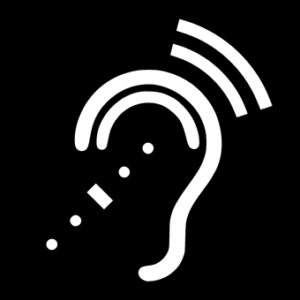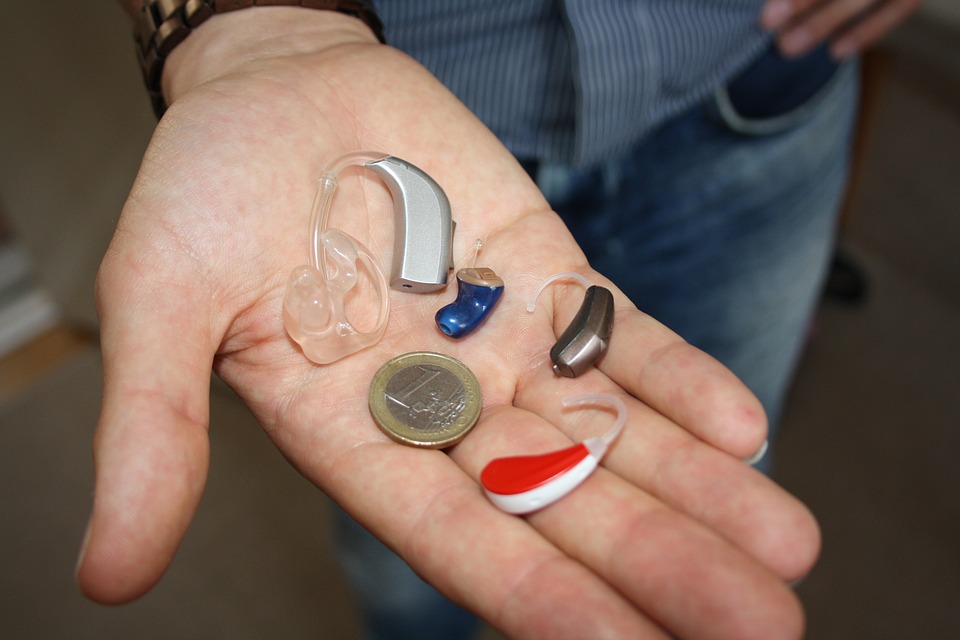Hearing Aid Buying Guide
The world of hearing aids has really established itself. They are available in different product names, assorted manufacturers, numerous styles, and features. One could easily get confused when looking to purchase a hearing aid. Although hearing aids cannot restore normal hearing, they can enable you to detect soft sounds by amplifying them. However, there are key things you should look out for and take into consideration when buying a hearing aid.
What to consider
Durability and reliability
Most people wear their hearing aids for 12 to 18 hours daily. This means that the hearing aid will have to endure a lot of situations that may not be pleasant. For instance, one may wear them in rainy conditions and at times without the cover of an umbrella or even during sporting activities where a lot of sweating is involved. A custom made hearing aid may cost more but is expected to survive for long in even the nastiest ear canals for over 5 years. All in all, it is worth it since you will stay long without the need for replacing your gadget.
Styles
As do a lot of things, hearing aids come in many shapes and styles. There are some hearing aids that go behind the ear and have a speaker while others go behind the ear and transmit sound to the ear with a little tube. Others are custom build to fit in your ear. Preferably, hearing aids that do not go into the ear canal tend to last longer, but choosing the right hearing aid depends on many factors such as comfort, the degree of hearing loss, personal taste or dexterity.
Directionality
 Directionality refers to the ability for your hearing aids to focus digitally on a specific sound source. This is the only way hearing aids improve speech understanding in noise. The types of directionality systems are adaptive, fixed and dynamic. Adaptive directionality systems focus where the speech is coming from in the midst of people talking. Fixed directional systems focus on a specific area and stay fixed there. Dynamic directional systems can change automatically between listening all around you to a fixed direction.
Directionality refers to the ability for your hearing aids to focus digitally on a specific sound source. This is the only way hearing aids improve speech understanding in noise. The types of directionality systems are adaptive, fixed and dynamic. Adaptive directionality systems focus where the speech is coming from in the midst of people talking. Fixed directional systems focus on a specific area and stay fixed there. Dynamic directional systems can change automatically between listening all around you to a fixed direction.
Noise reduction
A good hearing aid should have a built in noise reduction algorithm. The best can distinguish speech from noise enabling your hearing aid to reduce incoming noise volume and raise incoming speech volume all in real time. The degree to which a hearing aid helps in the noise reduction will differ all depending on how well the inbuilt algorithm is. A good hearing aid will be able to sift through the noise in the environment to help eliminate noise and amplify sound when someone is talking.…

